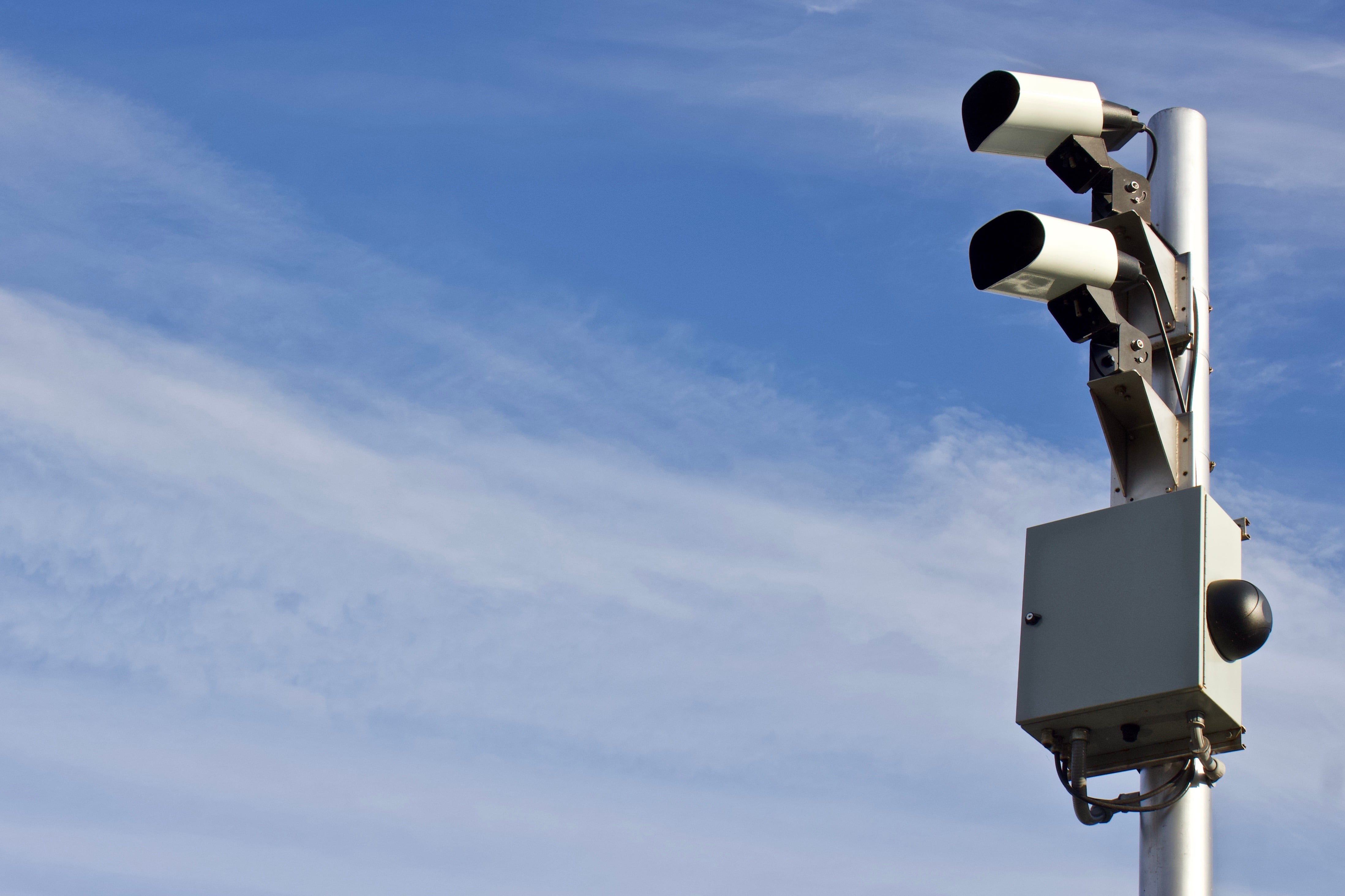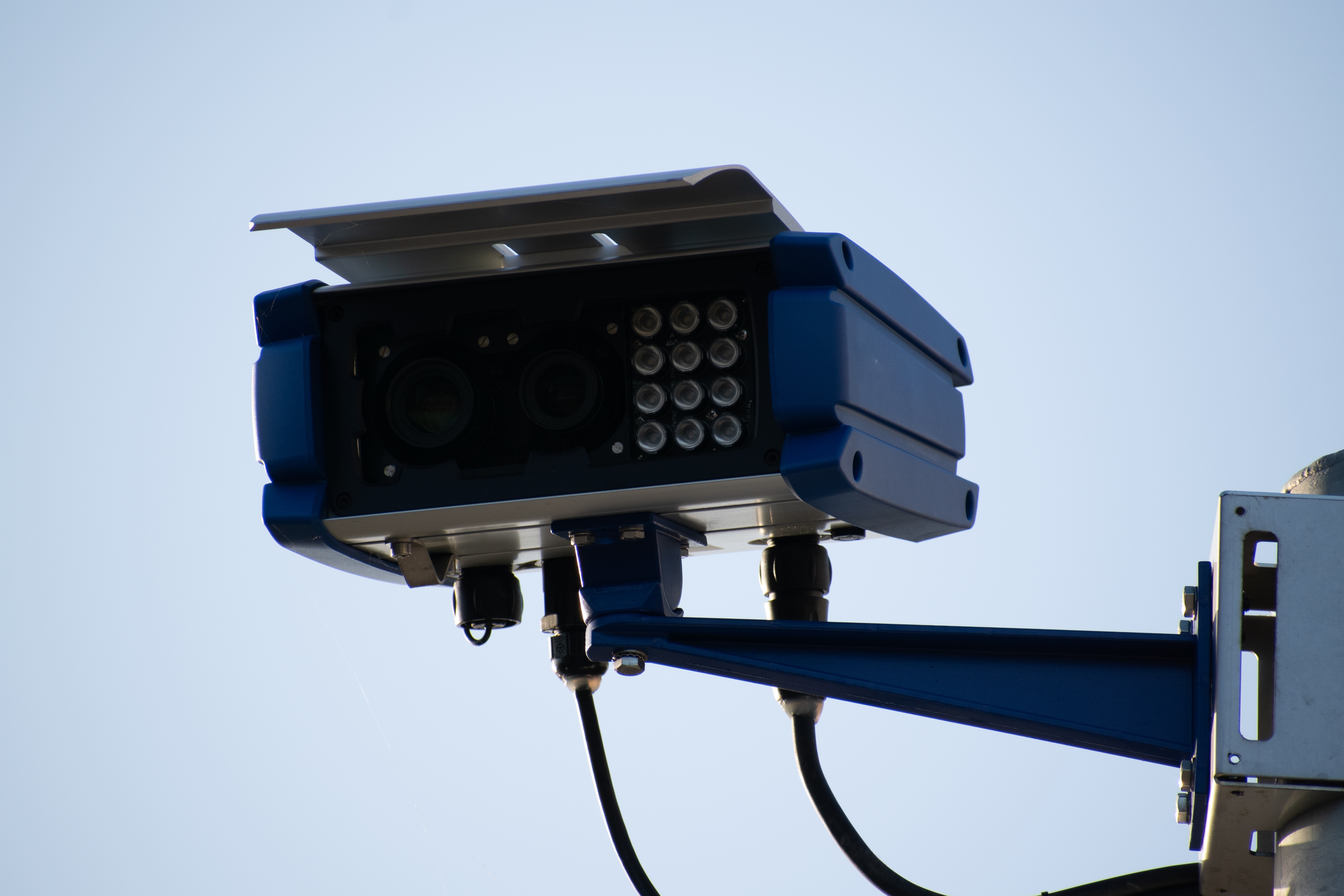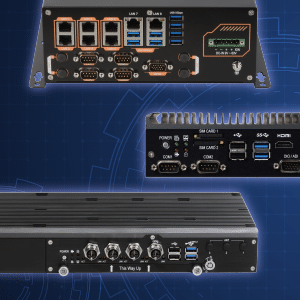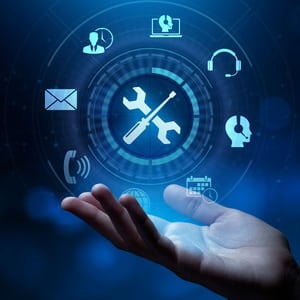LPR Technology Explained: Automated License Plate Reader Cameras

With over one billion motor vehicles worldwide, the need for intelligent traffic management and security systems has never been more apparent. For example, Automated Number Plate Recognition (ANPR) or License Plate Recognition (LPR) technology systems are pivotal tools transforming how we monitor and manage vehicular movement.
In this article, we will explore what ANPR/LPR stands for, its intricate workings, and the broad array of applications it serves. We’ll also shed light on the integral role of ANPR cameras in police operations and the numerous benefits that license plate reader cameras bring to urban management and livability. Whether you’re a law enforcement officer, a city planner, or a curious citizen, join us as we decode the world of LPR technology.
What Does ANPR/LPR Stand for?
ANPR (Automatic Number Plate Recognition) or LPR (License Plate Recognition) refers to a surveillance system with the primary capability of capturing vehicles’ images and identifying their license number. They use optical character recognition (OCR) on images to read vehicle license plates. ANPR/LPR can store the camera images and the license plate text. It is done with some configurable to keep a photograph of the driver.
The ANPR/LPR system typically comprises four main components: the camera, processing unit, software, and lighting. The license plate reader camera, usually high-speed and fitted with IR filters, captures the images and vehicle speeds. The processing unit then processes these images, which separates the license plate from the background image. Subsequently, the software utilizes OCR to convert the pixel image into a text format.
The lighting component, usually LED, is essential in low-light conditions and helps capture the license plate. Remember that automatic number plate recognition or license plate reader technology systems also require sophisticated algorithms to handle license plate sizes, colors, and shape variations. However, they may differ widely among countries and regions.
What Are the Applications of ANPR/LPR Systems?
Here are some applications of ANPR or LPR systems:
- Parking Guidance: ANPR/LPR systems guide drivers to available parking spaces. They capture and interpret license plate data, which parking management systems use to monitor occupancy and guide drivers to open spots.
- Law Enforcement: ANPR/LPR systems support law enforcement in various ways. They can detect offenses like speeding, identify stolen vehicles, and tackle uninsured vehicle use by cross-referencing plate data with databases. In addition, they also help solve major crimes and terrorism cases by tracking vehicle movement.
- Toll Collection: ANPR/LPR systems facilitate automatic toll collection. More specifically, recognizing vehicle license plates enables cashless and barrier-less tolling. It improves traffic flow and reduces congestion at toll plazas.
- Perimeter Security: ANPR/LPR systems enhance perimeter security by monitoring and controlling vehicle access. They can automatically grant access to authorized vehicles and alert security when unauthorized vehicles approach.
- City Access/Traffic Control: ANPR/LPR systems help manage city access and traffic. They support traffic management and policy enforcement by identifying vehicles entering congestion zones or restricted areas.
- Parking Management: ANPR/LPR systems streamline parking management. For instance, they track vehicle entry and exit times, automate payment processes, and assist in enforcing parking rules and regulations.
- Vehicle Identification: ANPR/LPR systems aid vehicle identification at various checkpoints. They can be used at border crossings, ports, and other security-sensitive areas to verify the identity and track the movement of vehicles.
- Home Security Camera Systems: ANPR/LPR technology is now incorporated into home security camera systems, especially for driveways. It allows homeowners to record vehicles approaching their property for safety and security.
What Do Police ANPR Cameras Check?

Police automatic number plate recognition or license plate reader cameras validate a vehicle’s registration number by capturing an image of the license plate. As mentioned in the previous section, the digitized information is instantaneously cross-referenced with a comprehensive database that includes the registration details of millions of vehicles.
Suppose the system identifies a vehicle that is reported stolen, uninsured, involved in criminal activity, or otherwise flagged. In that situation, it triggers an alert or notification for police officers in the vicinity. Furthermore, ANPR technology can track vehicular movement across different jurisdictions or countries. It contributes to cross-border license plate management and, thus, to the broader scope of law enforcement.
Importance of ANPR Cameras in Police Execution
The role of license plate reader cameras in police work must be balanced. They augment the ability of law enforcement to monitor traffic and detect illegal activities. The real-time and wide-scale data that ANPR systems provide allows for more efficient resource allocation.
This reduces the requirement for random stops and enables police to focus on specific, high-risk vehicles. Similarly, they also contribute to the safety of police officers, who can approach potentially dangerous situations with more information at their disposal.
ANPR systems also deter crime by increasing the likelihood of detection and prosecution. Plus, the aggregated data can be used for strategic analysis, which helps identify crime hotspots and trends and further informs policing strategies and policy-making.
What Are the Benefits of License Plate Reader Cameras?
The following are the benefits of license plate reader cameras:
More Effective Surveillance/Security Solutions
License plate reader cameras, underpinned by machine learning and computer vision technologies, provide more effective surveillance and security solutions. The crux of their functionality is their ability to accurately identify and catalog license plates in real-time, which creates an extensive database of vehicle movements. They leverage complex algorithms to decipher plate numbers even under challenging conditions.
When integrated with other surveillance technologies like facial recognition or criminal databases, this data forms an interconnected web of information to identify suspect vehicles, track their movement history, or predict potential crime patterns. So, LPR cameras amplify law enforcement capabilities while transforming reactive responses into proactive strategies.
Better Management of Traffic Flow in Urban Areas
With the surfacing of the Internet of Things (IoT) and innovative city technologies, license plate reader cameras can help improve traffic management in urban areas. LPR systems act as a nexus of information and gather real-time vehicle movement and density data. Sophisticated algorithms analyze this data to understand traffic patterns, identify congestion points, and forecast peak traffic periods. It assists with optimizing traffic light sequences, rerouting traffic during high congestion, or planning infrastructure development with data-driven precision.
For instance, imagine a busy intersection during rush hour. Having analyzed historical and real-time data, an LPR system could dynamically adjust the traffic light sequence to alleviate congestion, providing tangible improvements to daily commuting experiences.
Improved City Livability via Smart Transportation Solutions
The benefits of license plate reader cameras extend beyond surveillance and traffic management; they can contribute to city livability via intelligent transportation solutions. By integrating LPR systems with other urban technologies, cities can foster an ecosystem that eases parking woes, improves public transportation, and encourages sustainable commuting.
For example, LPR cameras can be employed in intelligent parking solutions, where they identify license plates to allocate parking spots, manage durations, and automate payments. It reduces the time drivers spend searching for parking. Similarly, LPR systems can monitor bus lane usage, penalize unauthorized vehicles, and ensure efficient public transit. In a broader context, the insights derived from these systems can guide urban planning, encouraging pedestrian-friendly designs or identifying areas suitable for cycling infrastructure.
In conclusion, ANPR/LPR technology is critical for traffic management, security, and law enforcement. ANPR/LPR systems provide real-time, wide-scale data, enabling more efficient resource allocation, proactive strategies, and data-driven decision-making. The benefits of ANPR/LPR cameras extend beyond just surveillance and traffic management; they can contribute to city livability via intelligent transportation solutions, fostering an ecosystem that eases parking woes, improves public transportation, and encourages sustainable commuting. Contact us today to learn more about how our products can assist in your law enforcement solutions.
Explore More SINTRONES Products for LPR Applications:




